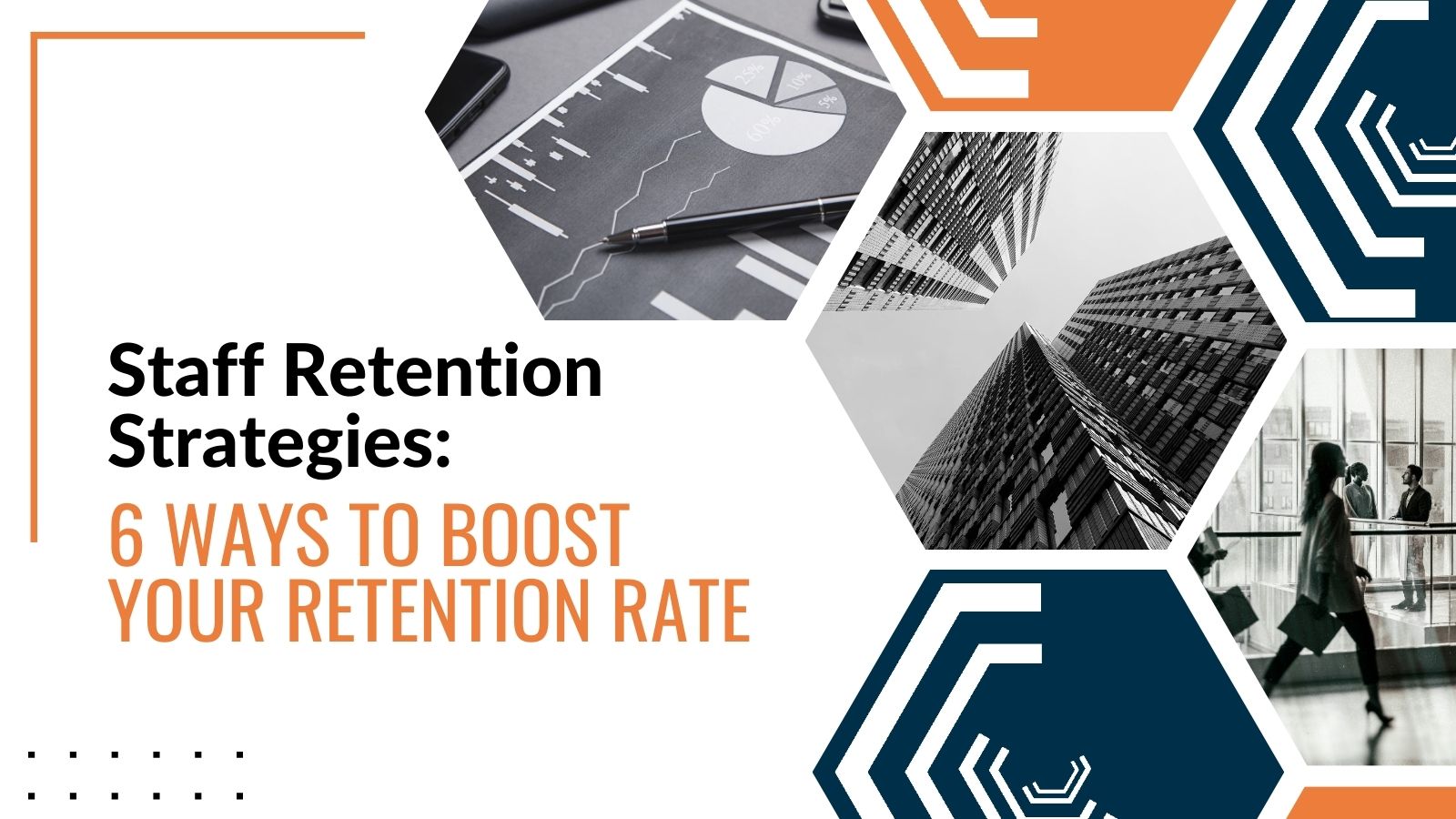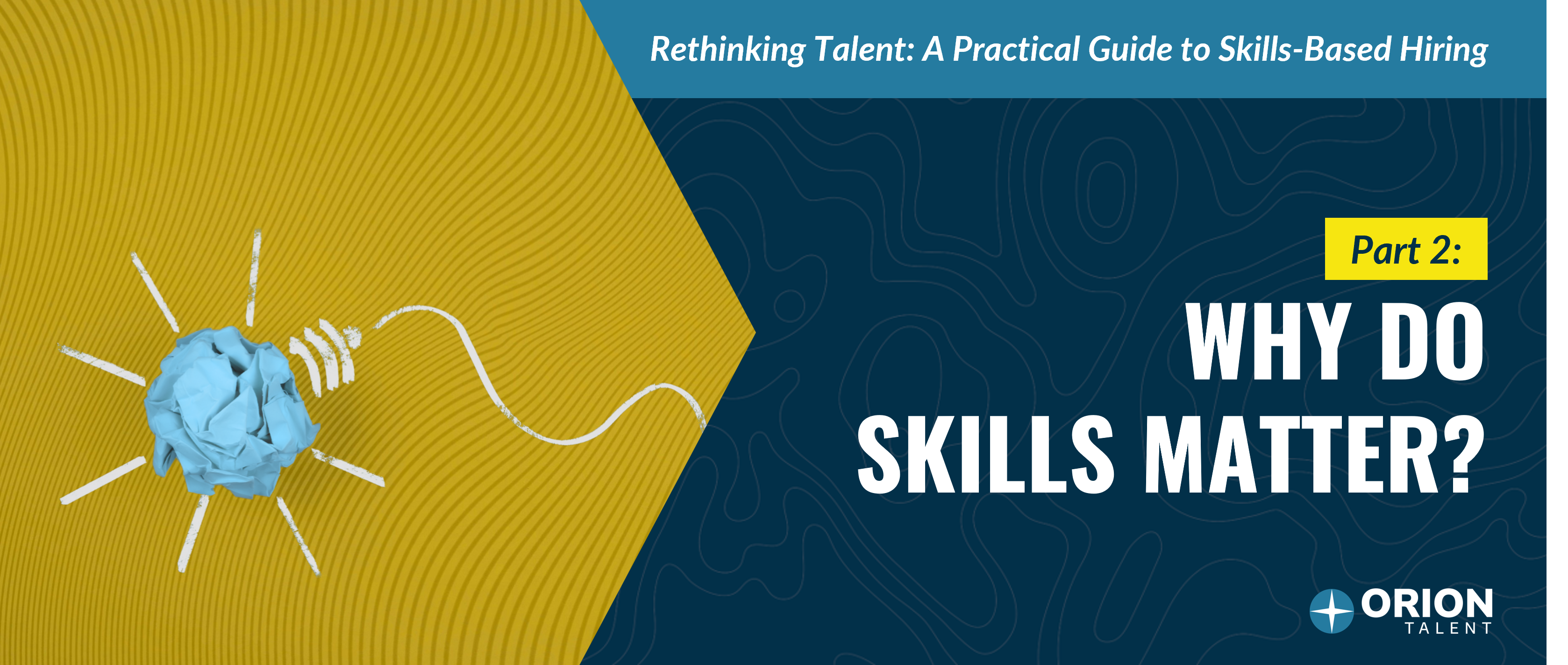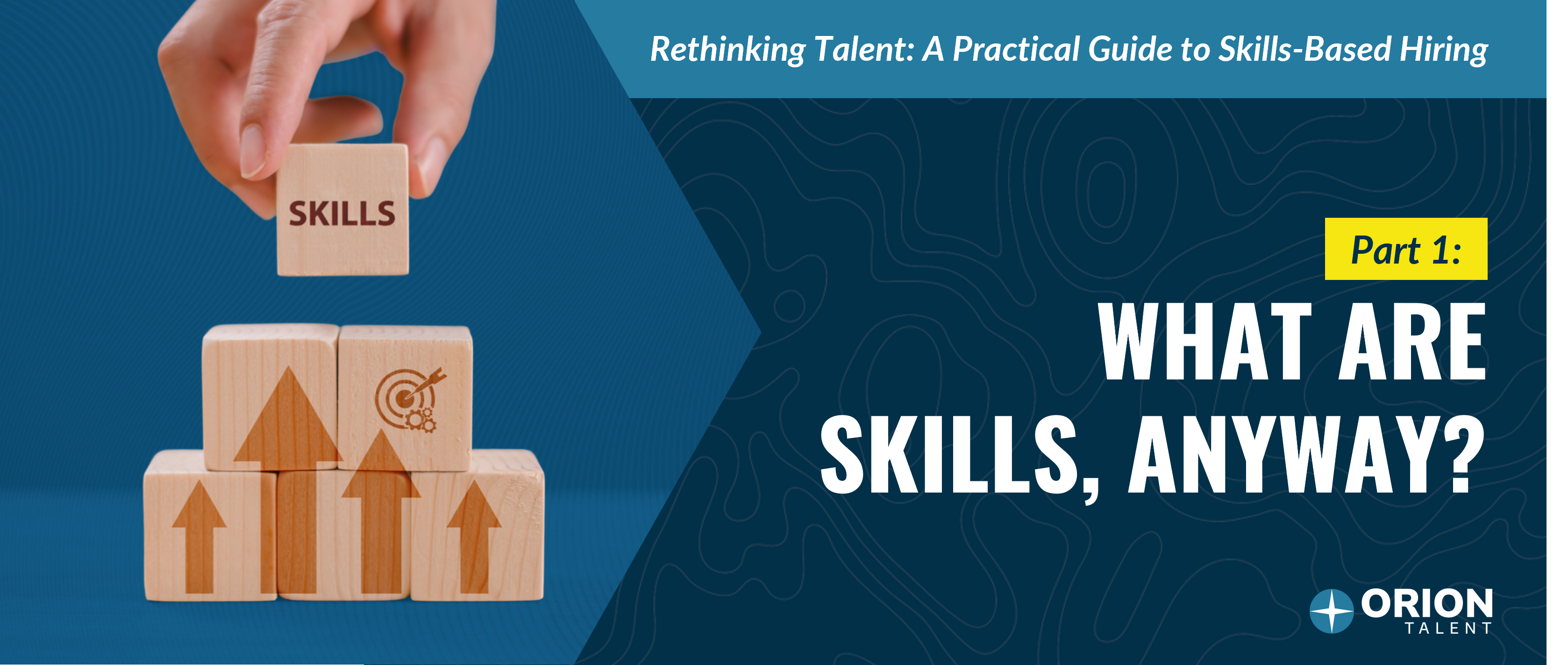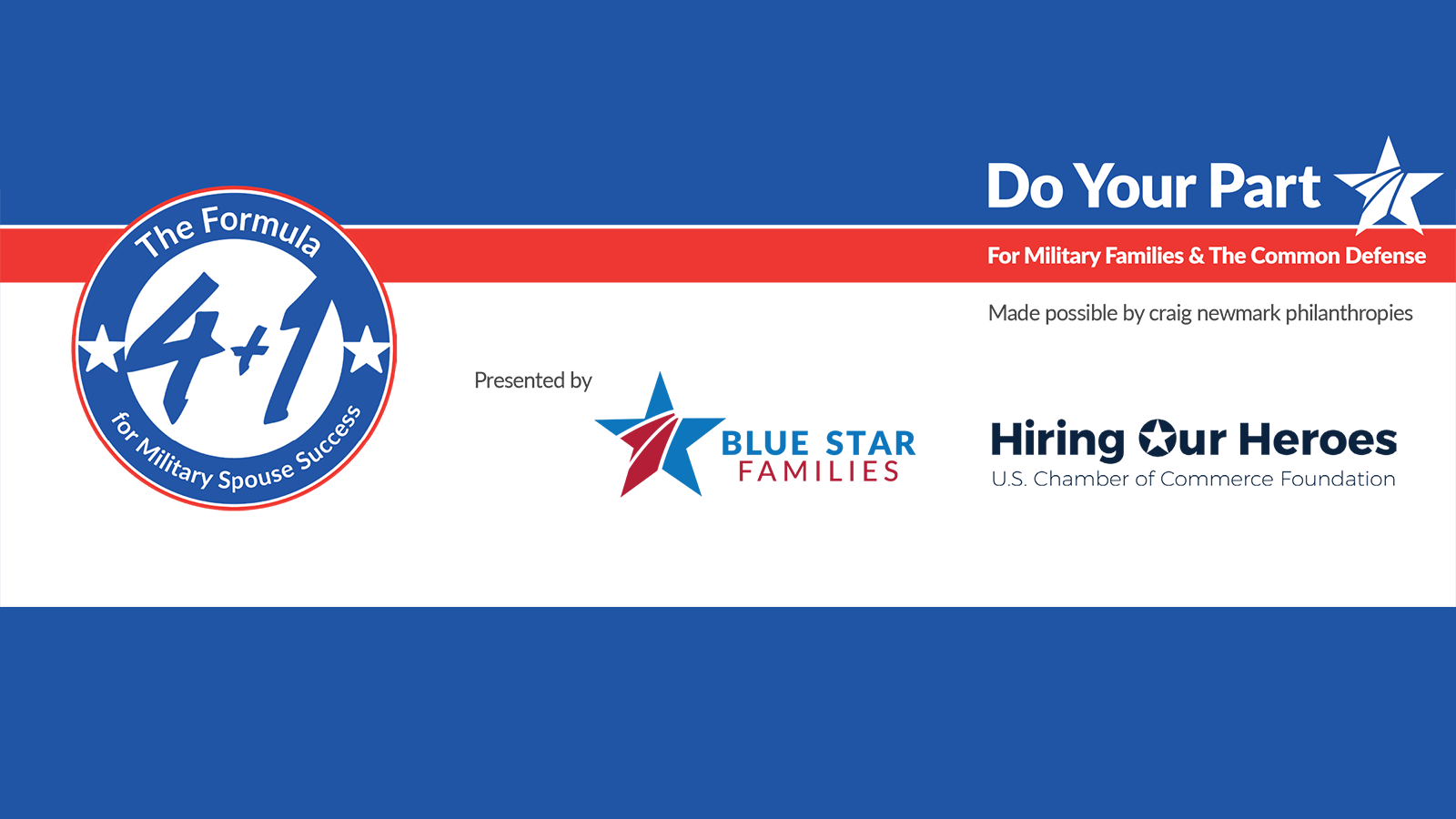
Turnover happens. Whether workers feel unappreciated, desire better pay and benefits, or are simply looking for better career opportunities elsewhere, staff turnover is bad for business. According to Gartner, U.S. annual voluntary employee turnover increased by 20% in 2022 from the pre-pandemic annual average. While some turnover will always exist within an organization, high turnover damages morale, company culture, and the bottom line. Having a solid staff retention strategy in place is essential.
According to a recent Work Institute Retention Report, nearly 2/3 of turnover could be prevented by employers. If your organization is experiencing employee burnout, low employee engagement, lost productivity, and a higher turnover rate than you’d like, it’s time to take action. Factors like a strong economy or competitive labor market are out of your control, but there are steps you can take today to boost your retention rate and improve employee morale. Learn about these staff retention strategies to keep your top talent and reduce turnover.
Why is staff retention important?
Staff or employee retention refers to an organization’s ability to retain its employees. Competition to attract– and keep– top talent continues to increase, so it’s vital that your organization make employee retention a top priority. Some of the benefits of maintaining a high employee retention rate includes:
- Higher job satisfaction
- Better employee engagement
- Smoother onboarding experiences and better training
- Lower training costs
- Better overall employee experiences
- A stronger company culture
- Improved brand reputation
- Increased productivity
- Improved customer care or experience
Employee experience is a strong determiner of retention. Employees who feel like they have a future and mobility within a company are more engaged. They feel more involved in the company’s success. Employees who are adequately compensated are much more likely to stick around. Investing in staff retention not only improves your employees’ quality of life, but also shows that your organization cares.
Putting a number on turnover: How to calculate your staff retention rate
According to Willis Towers Watson’s 2022 Global Benefits Attitudes Survey, 44% of employees classify themselves as job seekers. That’s nearly half of workers who are either currently looking for a new job or plan to be soon. A strong job market allows workers to seek the best possible opportunities.
 Statistics like this are good to know, but they don’t give you an accurate understanding of your organization’s individual retention rate. It takes a little data gathering and number crunching, but it’s worth the effort. Calculate your staff retention rate annually or even monthly in order to uncover trends as they unfold and make changes to increase retention if necessary.
Statistics like this are good to know, but they don’t give you an accurate understanding of your organization’s individual retention rate. It takes a little data gathering and number crunching, but it’s worth the effort. Calculate your staff retention rate annually or even monthly in order to uncover trends as they unfold and make changes to increase retention if necessary.
First, decide on the time period you’d like to focus on. A month? A year? Next, find out how many employees your organization had at the beginning of this time period as well as the number of employees who stayed employed throughout this duration. Don’t include new hires.
Determine your retention rate by dividing the number of employees at the end of the time period by the number of employees at the beginning of the time period. Multiply this by 100 to calculate your retention rate. Here’s a formula for reference:
Number of employees at end of time period / Number of employees at beginning of time period
X 100
= Retention Rate
While retention rates will vary based on industry, type of role, and other factors, a high turnover rate indicates a larger problem. Is it issues with your company culture, inadequate compensation, or other problems that are driving away talent? It’s time to get to the bottom of it and create lasting solutions.
Staff retention strategies: 6 smart ways to improve your employee retention rates
Determining your organization’s retention rate is a key step in the right direction. Now that you’ve done so, it’s time to implement a plan to improve it. Here are six smart ways to improve your staff retention rates:
Hire the right people from the very beginning.
Taking the time to hire the right talent from the beginning makes all the difference. Start with a solid job description and be very clear about job responsibilities, expectations, and requirements. Craft a deliberate interview process in which you take the time to get to know the candidates and determine whether they are the right fit for the role as well as for the organization. Don’t feel rushed to hire the first applicant in order to fill the position– waiting for the right candidate to come along is worth the wait.
Invest in great management talent for leadership positions.
In order to retain your best staff members, be sure to invest in your best managers. An old adage says that people don’t leave companies, they leave managers, and there is a lot of truth to that. In fact, a GoodHire survey revealed 82% of surveyed workers would potentially quit their job because of a bad manager. Investing in great talent for leadership positions and continuing to help them grow as managers is an excellent way to retain talent.
According to GrowthForce, you must invest in your Middle Managers because they can make or break your business. Middle managers play an important role in the day-to-day operations of a business and serve as a bridge between upper management and lower-level employees.
How? Here are some ideas. Be sure to provide managers with ongoing growth opportunities to develop their leadership and mentorship skills. Make sure your business has an excellent peer-to-peer support system in place for managers. Finally, be sure to prioritize the connection between managers and employees so that employees feel supported.
Provide great compensation and benefits to attract top talent and keep them around.
In order for companies to attract– and retain– talent, they simply must offer competitive pay and benefits packages. The search for a better salary has long driven job change. A competitive job market offers workers even more leverage when it comes to pay and benefits expectations. If your organization wants to avoid the high costs of turnover, you must offer competitive pay and a desirable benefits package.
Compensation is more than wages or a salary. It includes benefits, bonuses, and incentives. Total compensation packages may also include things like health insurance coverage, long and/or short-term disability insurance, retirement contributions, paid time off (PTO), flexible work schedules, remote or hybrid work alternatives, stock options, and more.
With 55% of employees leaving for jobs with higher compensation, according to Lattice’s SOPS Report, now is the time to do your research and take a comprehensive look at your organization’s compensation package to make sure your staff members are competitively compensated. Create a people-focused strategy that incentivizes employees to stay with your organization. What do you have to offer that your competitors don’t?
Acknowledge and reward employees’ accomplishments.
When employees feel like your organization doesn’t value them, they’ll begin looking for opportunities elsewhere. People want to feel appreciated for the work they do. Whether an in-person thank you, an email, a company shout out, or whatever other incentive program your organizaton has in place, showing your gratitude makes a difference. Celebrating employee contributions improves retention.
Here are some simple ways to acknowledge and reward employees’ accomplishments:
- Celebrate important milestones with a virtual or in-person celebration. This can be as simple or complex as fits your organization’s culture.
- Acknowledge staff contributions and successes in an email or note, copying other team members or executives so they’re also aware of the contribution.
- Highlight successes formally in performance reviews.
- Check-in regularly to ask how your employees are doing, praise their successes, and address any concerns immediately.
- Consider time off or gifts for jobs well done.
- Nominate employees for internal or external accolades and encourage peers to nominate one another.
Provide opportunities for ongoing training, professional development, and mentorship.
Invest in your employees’ professional development. Upskilling allows workers to grow existing skillsets and gain new ones, which makes them even more valuable in an ever-changing work environment. Help employees to visualize and plan for their career path.
Provide tuition reimbursement, promote training opportunities and classes, allow staff time to attend professional development conferences, and encourage job shadowing and mentorship opportunities. When employees feel that their organization is truly invested in their development, they’ll feel encouraged to perform better and stay longer.
Make a habit of promoting from within.
Succession planning is the process of identifying and developing future leaders within your organization. As you get to know your staff better through routine check-ins and work with them to develop a career path, you’ll be able to pinpoint succession candidates. What roles within your organization would be a good fit for them? Be sure to talk to your staff about their career goals– not everyone is interested in moving into a managerial role. Let them know you see their potential and discuss a role they may be ideal for– if it’s in everyone’s best interest, invest in their professional development to make them an even better candidate.
get to know your staff better through routine check-ins and work with them to develop a career path, you’ll be able to pinpoint succession candidates. What roles within your organization would be a good fit for them? Be sure to talk to your staff about their career goals– not everyone is interested in moving into a managerial role. Let them know you see their potential and discuss a role they may be ideal for– if it’s in everyone’s best interest, invest in their professional development to make them an even better candidate.
The possibility of internal mobility improves retention. According to a Pew Research Center survey, lack of opportunity for advancement is a major reason workers leave a job. If internal promotion opportunities are well publicized and staff see internal candidates being selected and hired into these positions, they will believe that they, too, have a future at the company.
Hiring– or promoting– from within also lessens the risk that a candidate is not the right fit for the position, which is more likely with an outside hire. When you promote from within, you already know a candidate’s work style and work ethic and can speak to their peers and managers about their performance. Look internally first– it’s important to make your organization a place people can see themselves for the long term.
Happier Workforce Ahead
If your staff feel they are not appreciated, have learned all they can from their current position, are not adequately compensated, or do not have a clear path for upward mobility, they’ll look for employment elsewhere. Not only does staff turnover decrease productivity, but it also costs you organization money. In fact, studies suggest that every time a business replaces a salaried employee, it costs them 6-9 months salary. By following the above steps, you’re working toward building a healthier, happier workforce and increasing staff retention at your organization.
Orion Talent can help take the guesswork out of the process entirely. Our unmatched talent sourcing channels and cutting-edge technology connect you with great candidates– and we do it fast. We reduce time-to-fill by an average of 15 days. Talent acquisition is our business, and has been since 1991. If you need a little assistance in this area, we’re here to help.
Archives
- December 2025
- November 2025
- October 2025
- September 2025
- August 2025
- July 2025
- June 2025
- May 2025
- April 2025
- March 2025
- February 2025
- October 2024
- May 2024
- March 2024
- February 2024
- January 2024
- December 2023
- November 2023
- October 2023
- September 2023
- August 2023
- July 2023
- June 2023
- May 2023
- April 2023
- March 2023
- February 2023
- January 2023
- December 2022
- November 2022
- October 2022
- September 2022
- August 2022
- July 2022
- June 2022
- May 2022
- April 2022
- March 2022
- February 2022
- January 2022
- December 2021
- November 2021
- October 2021
- September 2021
- August 2021
- July 2021
- June 2021
- May 2021
- April 2021
- March 2021
- February 2021
- January 2021
- December 2020
- November 2020
- October 2020
- September 2020
- August 2020
- July 2020
- June 2020
- May 2020
- April 2020
- March 2020
- February 2020
- January 2020
- December 2019
- November 2019
- October 2019
- September 2019
- August 2019
- July 2019
- June 2019
- May 2019
- April 2019
- March 2019
- February 2019
- January 2019
- December 2018
- November 2018
- October 2018
- September 2018
- August 2018
- July 2018
- June 2018
- May 2018
- April 2018
- March 2018
- February 2018
- January 2018
- December 2017
- November 2017
- October 2017
- September 2017
- August 2017
- July 2017
- June 2017
- May 2017
- March 2017
- February 2017
- January 2017
 RSS Feed
RSS Feed




















